Gelfand, the only undefeated player
Luke McShane had the best start at the Netanya GM tournament and continued to have interesting fights, but after losing the lead, he ended the tournament with just 1½/5 tied for 8th place. His one win in the second half came over the leader Lenier Dominguez however, which proved to be critical to Boris Gelfand's eventual success.
Dominguez dominated the middle part of tournament, but finished with a pair of draws, alongside Boris Gelfand — the best ever Israeli player winning arguable the strongest ever tournament on Israeli soil. The 2012 World Championship challenger acted rather inconspicuously for a long time, but he remained unbeaten, and won when it really mattered. In the last round, he made a quick draw against Dominguez for the tournament victory thanks to better tiebreaks.
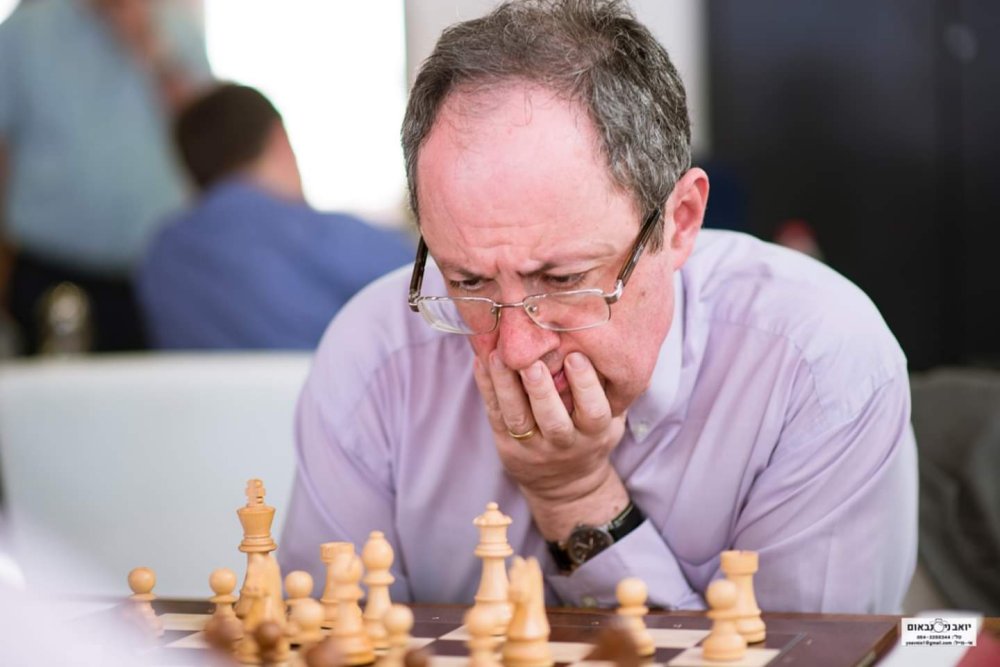
Solid and steady, Boris Gelfand | Photo: Yoav Nisenbaum / imt.chess.org.il
Other players were fighting to the very end; Pavel Eljanov and Peter Svidler were able to improve their positions in the final standings with victories over Ilya Smirin and Luke McShane respectively.
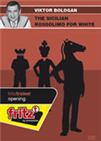 The Rossolimo Variation 3.Bb5 is considered to be one of the strongest replies to 2…Nc6 in the Sicilian Defence. The fact that the move has been played by practically all the top players proves its popularity and strength. But the most interesting aspect of playing 3.Bb5 is that we force sharp, attacking players who love to have the initiative to forget about the Open Sicilian and to adjust themselves to a new world, one full of positional ideas, manoeuvres and nuances.
The Rossolimo Variation 3.Bb5 is considered to be one of the strongest replies to 2…Nc6 in the Sicilian Defence. The fact that the move has been played by practically all the top players proves its popularity and strength. But the most interesting aspect of playing 3.Bb5 is that we force sharp, attacking players who love to have the initiative to forget about the Open Sicilian and to adjust themselves to a new world, one full of positional ideas, manoeuvres and nuances.In his game against Eljanov, the enterprising Smirin sacrificed a pawn on white side of a Rossolimo Sicilian, but the Ukrainian coldly took the offered material and kept everything under control.
White aims to open Black's king position with 19.f4, but had to hand over another pawn after the retort 19...d4. After 20.♕f2 ♛xc3 Eljanov later exchanged queens and won the rook ending without difficulty. For Eljanov it was his third consecutive win.
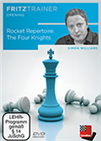 Like a fine wine, the Four Knights only improves with age, establishing itself as an extremely effective way of meeting 1...e5. On the outside this opening seems deceptively quiet, yet apparently natural moves can often lead to some devastating attacks.
Like a fine wine, the Four Knights only improves with age, establishing itself as an extremely effective way of meeting 1...e5. On the outside this opening seems deceptively quiet, yet apparently natural moves can often lead to some devastating attacks.Peter Svidler finished with back-to-back wins of his own, the last ending Luke McShane tournament on a sour note in a Scottish Four Knights game.
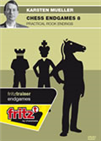 Rook endings are amongst the most frequently encountered endgames there are, and so your training effort will be quickly repaid in the form of half and full points. Knowing even a few rules of thumb and key methods makes life a great deal easier and provides a guiding light even in complex positions. This DVD focuses on the important themes which are to be found in common rook endings.
Rook endings are amongst the most frequently encountered endgames there are, and so your training effort will be quickly repaid in the form of half and full points. Knowing even a few rules of thumb and key methods makes life a great deal easier and provides a guiding light even in complex positions. This DVD focuses on the important themes which are to be found in common rook endings.Svidler used a two-move tactic to simplify the position 29...♜xd6 30.♖xd6 ♝c7 31.♖cd1 ♜b2 32.♔h3 ♝xd6 33.♖xd6 ♜xb3 34.♖d8+ ♜h7 35.♖d5 and with ...♜b5 he had a relatively straightforward technical conversion.

The winners' podium: Dominguez (2nd), Gelfand (1st), Eljanov (3rd) | Photo: imt.chess.org.il
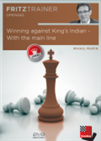 In the classical system of the King's Indian White develops naturally and refrains from chasing ghosts looking for a refutation of Black's set-up. White instead relies on the fact that natural play should yield him a small but lasting advantage.
In the classical system of the King's Indian White develops naturally and refrains from chasing ghosts looking for a refutation of Black's set-up. White instead relies on the fact that natural play should yield him a small but lasting advantage.The critical game for Gelfand came in the eighth round, when he met McShane. With the white pieces, Gelfand opted for a classical variation of the King's Indian Defence that led to an early queen swap and offered White a small but long-lasting advantage.
Finally, this position emerged:
The a1-rook and the d3-Bishop are attacked. After 36.♖d1 ♝f8 everything would hunky-dory for Black. However, Gelfand found the stronger solution 36.♘d6 threatening a fork on f7. After 36...♞xa1 37.♘f7+ ♚g8 38.♘xd8 White is winning.
McShane tried the trick 36...e4 (with the idea 37.♗xe4 ♝xa1 38.♘f7+ ♚g7 39.♘xd8 ♞d2+), but after 37.♘f7+ first ...♚h7 (now ...Kg8 will allow a check on c4) 38.♗xe4+ ♚g8 39.♘xd8 ♝xa1 40.♔e2 ♞c1+ 41.♔f3 ♞a2 42.b5 the game was lost as his pieces are too far away to deal with White's queenside pawns adequately.
Results of Rounds 7-9
Final standings
All games
Antipov wins the Open
Also Mikhail Antipov took a quick draw against Tal Baron in the last round to ensure tournament victory in the Open. After a blistering 5/5 start, he needed to add just one win against the early-leader Dmitry Svetushkin in the second half.
Svetushkin played the disastrous 30...♝f4? and had to resign immediately after 31.♕f3 1-0 — the double-attack on the pinned bishop is fatal.
For the Moldavian GM, the second half was a nightmare. He lost his last three games to fall from 1st to 24th place!

Winners of the Open: Moiseenko (2nd), Antipov (1st), Baron (3rd) | Photo: Yoav Nisenbaum / imt.chess.org.il
Final standings (top 20)
All available games
Translation from German and additional reporting: Macauley Peterson
Links
.jpeg)

























